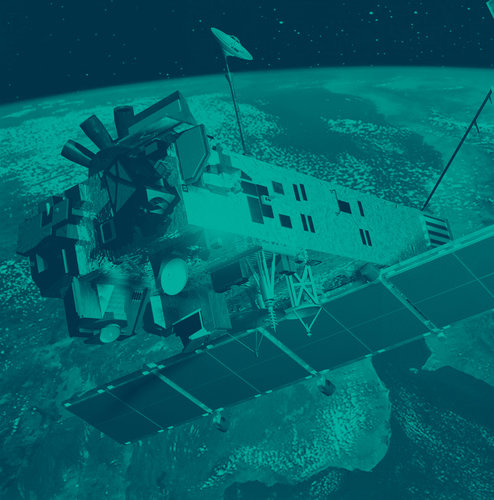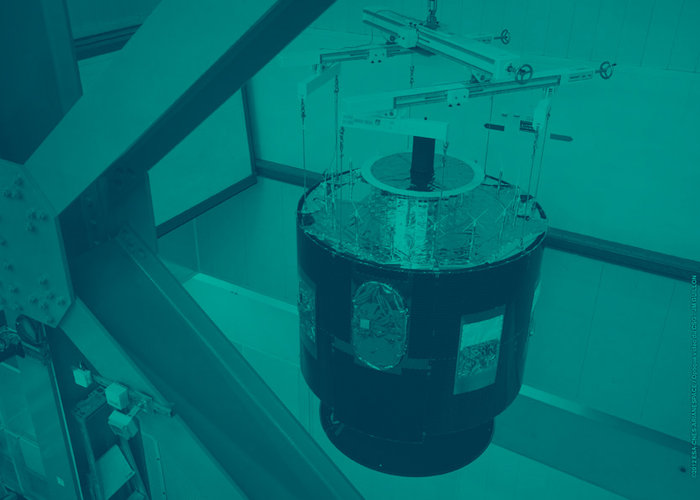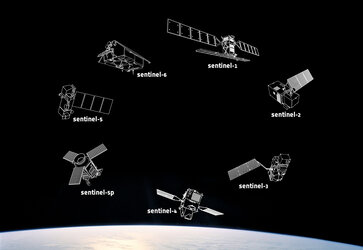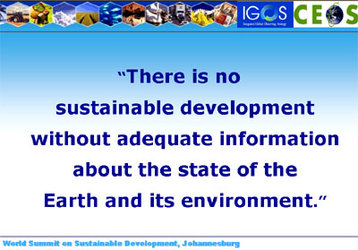Overview
Global ways of life are undergoing tremendous change. The last half a century has seen a tremendous worldwide movement of people away from the countryside to towns and cities, with societies becoming more industrial and less rural.
Rapid urban growth
Urban areas are growing so rapidly that the United Nations predicts that the majority of people on Earth will be living in cities by 2007. The global urban population currently doubles every 38 years. Industrial growth is increasingly powered by the prosperity of urban centres.
These shifts have the potential to be beneficial on both an individual and a collective basis. The move to towns and cities often increases the possibility of obtaining a job, an education and satisfactory healthcare. Industrial growth benefits society by creating wealth, providing employment and making available much-needed goods and services.
The importance of sustainability
However both industrial development and the growth in towns and cities needs to proceed on a sustainable basis. It should not put at risk the environment in which we live or the resources on which we depend.
In the past this urban influx of people has led to the springing up of shantytowns and settlements, sometimes in disaster-prone areas at risk of landslides, flooding and subsidence. These hurriedly built and unplanned structures place strain on urban infrastructure and already overstretched facilities and resources.
The end result can be poor housing and overcrowding, inadequate sanitation, a lack of clean drinking water and populations exposed to industrial pollution and natural hazards.
Satellites assisting urban planners
With the potential to frame an entire city in a single image, and trace growth as it occurs, satellites are becoming a useful tool for town planners attempting to manage the growth of urban settlements.
In the developing world in particular, the pace of change soon makes printed maps outdated, but Earth observation provides constant updates.
Regions that are susceptible to floods, landslides or subsidence can be flagged as unsuitable for building, enabling the channelling urban development into more suitable zones. Rich agricultural lands can also be more systematically defended from urban encroachment.
Within cities, satellites can help identify overdeveloped 'hotspots' in danger of overcrowding, congestion and other factors reducing the quality of life of their residents. They can also monitor air quality and trace pollution sources.
Earth observation is a particularly useful means of studying cities within the context of the wider landscape, checking on the continued sustainability of natural resources essential for urban living such as dependable energy sources and clean water.















 Germany
Germany
 Austria
Austria
 Belgium
Belgium
 Denmark
Denmark
 Spain
Spain
 Estonia
Estonia
 Finland
Finland
 France
France
 Greece
Greece
 Hungary
Hungary
 Ireland
Ireland
 Italy
Italy
 Luxembourg
Luxembourg
 Norway
Norway
 The Netherlands
The Netherlands
 Poland
Poland
 Portugal
Portugal
 Czechia
Czechia
 Romania
Romania
 United Kingdom
United Kingdom
 Slovenia
Slovenia
 Sweden
Sweden
 Switzerland
Switzerland































